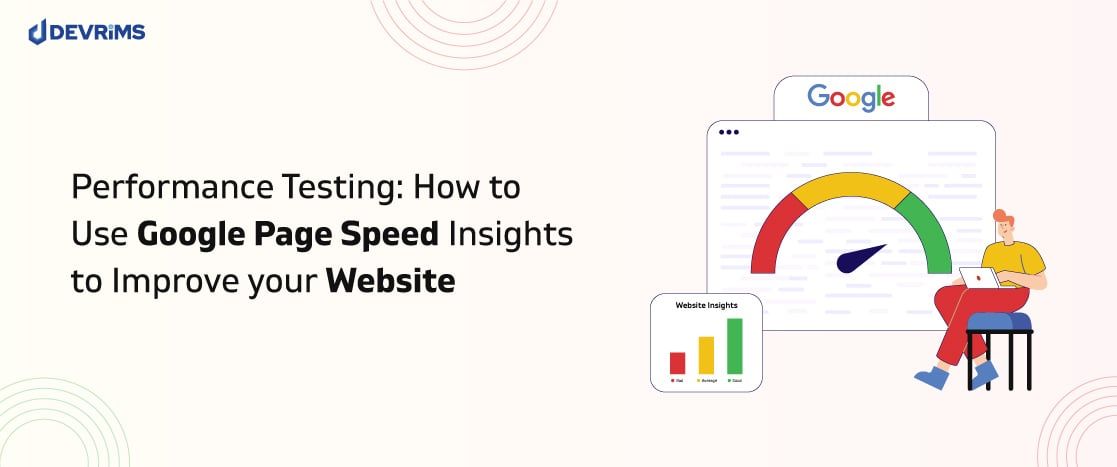As a website owner or developer, ensuring that your website loads quickly and performs well is crucial for retaining visitors and improving search engine rankings. One tool that can help you achieve this is Google PageSpeed Insights, a free tool provided by Google that analyzes your website’s performance and provides suggestions on how to improve it. In this article, we will take a deep dive into how you can effectively use Google PageSpeed Insights to enhance the performance of your website.
Understanding Google PageSpeed Insights
Google PageSpeed Insights is a web performance tool that evaluates the performance of a web page on both mobile and desktop devices. It provides a performance score based on various factors such as loading speed, optimization of images, JavaScript and CSS minification, server response time, and more. The tool also provides specific recommendations on how to improve the performance of your website.
Getting Started with Google PageSpeed Insights
To get started with Google PageSpeed Insights, simply navigate to the PageSpeed Insights website and enter the URL of the web page you would like to analyze. Click on the “Analyze” button, and Google will begin evaluating the performance of your web page.
Interpreting the PageSpeed Insights Report
Once the analysis is complete, Google PageSpeed Insights will provide you with a performance score ranging from 0 to 100 for both mobile and desktop versions of your web page. A score of 90 or above is considered good, while a score below 50 indicates that there is room for improvement.
Below the performance score, you will find a list of opportunities and diagnostics that Google has identified as potential areas for improvement. These may include suggestions such as optimizing images, leveraging browser caching, reducing server response time, eliminating render-blocking resources, and more.
Implementing Recommendations
To improve the performance of your website based on the recommendations provided by Google PageSpeed Insights, you will need to implement the suggested changes on your website. This may involve tasks such as optimizing images by compressing them, minifying CSS and JavaScript files, enabling browser caching, and addressing server response time issues.
It is important to note that not all recommendations provided by Google PageSpeed Insights may be feasible or necessary for your website. Evaluate each recommendation carefully and prioritize those that will have the most significant impact on your website’s performance.
Measuring the Impact
After implementing the recommendations suggested by Google PageSpeed Insights, it is essential to monitor the performance of your website to measure the impact of the changes. You can use the tool to analyze your web page again and compare the new performance score with the previous one. Ideally, you should see an improvement in the score, indicating that the changes have positively impacted your website’s performance.
Additional Tips for Improving Performance
In addition to using Google PageSpeed Insights, there are several other strategies you can implement to further improve the performance of your website. These include optimizing images, reducing the number of HTTP requests, using a content delivery network (CDN), and upgrading your web hosting plan to a faster server.
Conclusion
Google PageSpeed Insights is a powerful tool that can help you identify areas for improvement and optimize the performance of your website. By following the recommendations provided by Google PageSpeed Insights and implementing additional performance-enhancing strategies, you can ensure that your website loads quickly, performs well, and provides an excellent user experience for visitors.
Remember that improving website performance is an ongoing process, and it is essential to regularly monitor and optimize your website to ensure optimal performance over time.
With the help of Google PageSpeed Insights and a commitment to optimizing your website, you can achieve significant improvements in performance that will benefit both your users and your search engine rankings.
